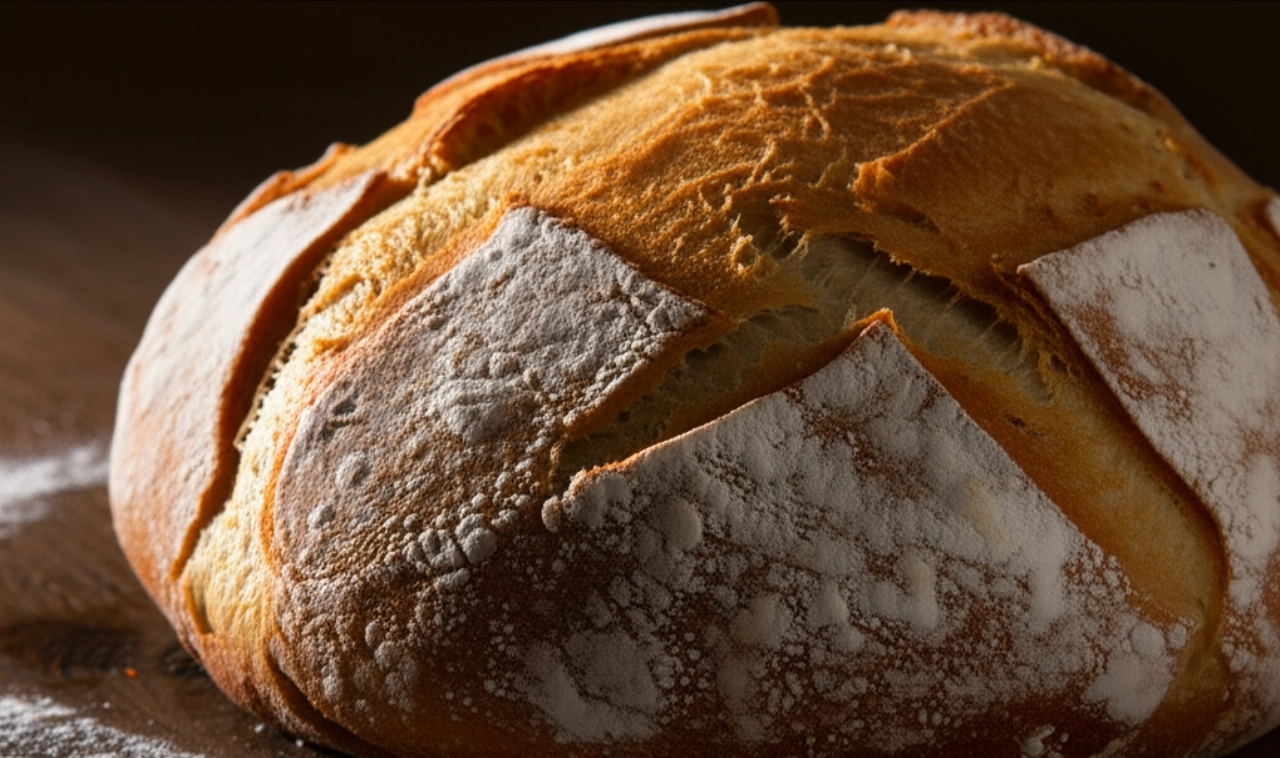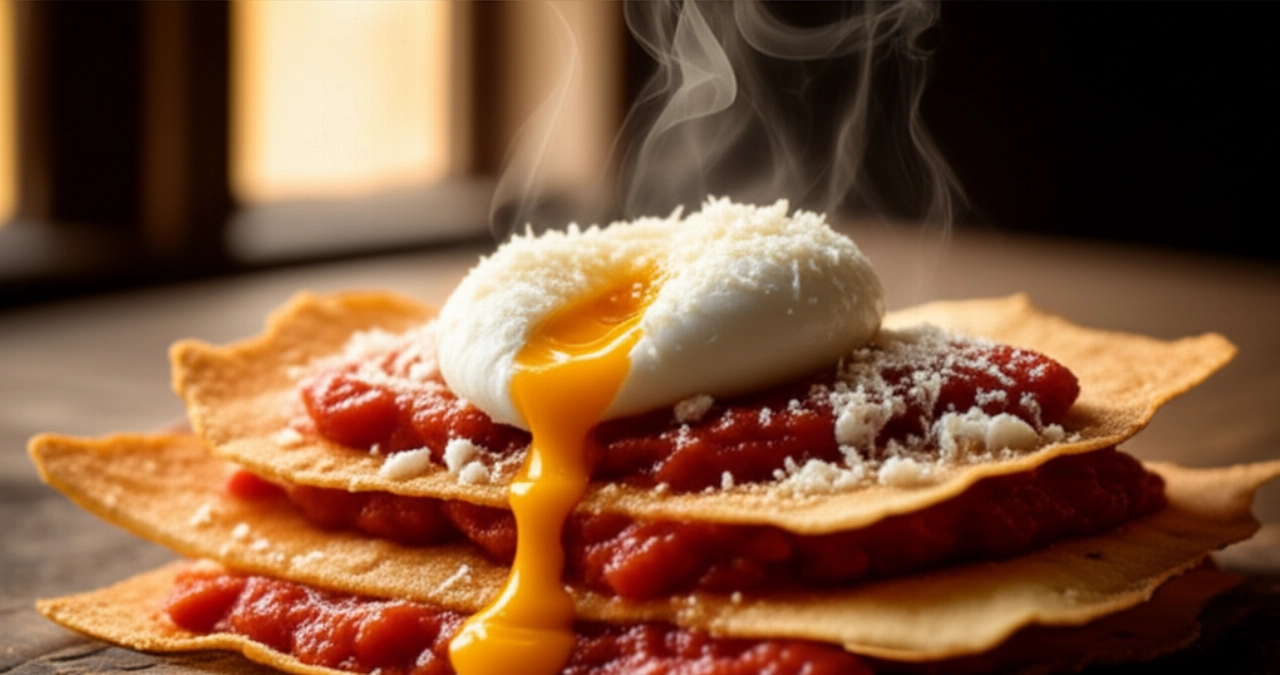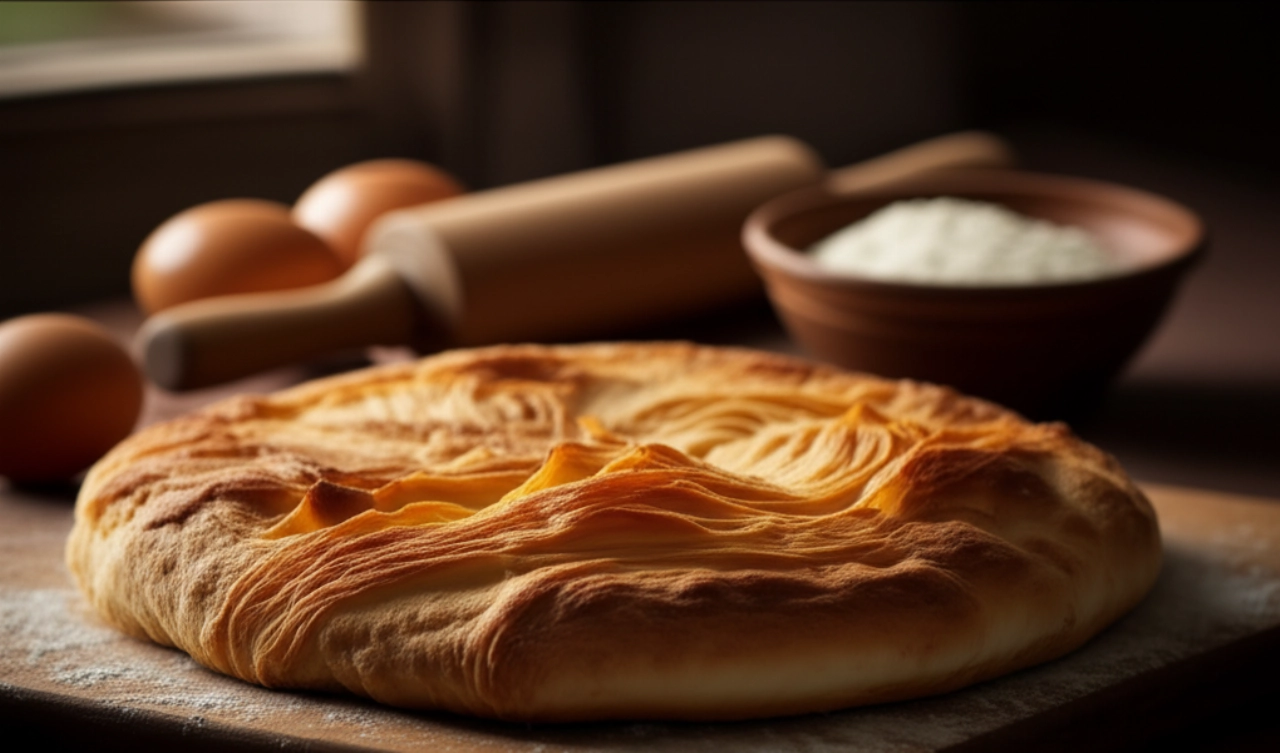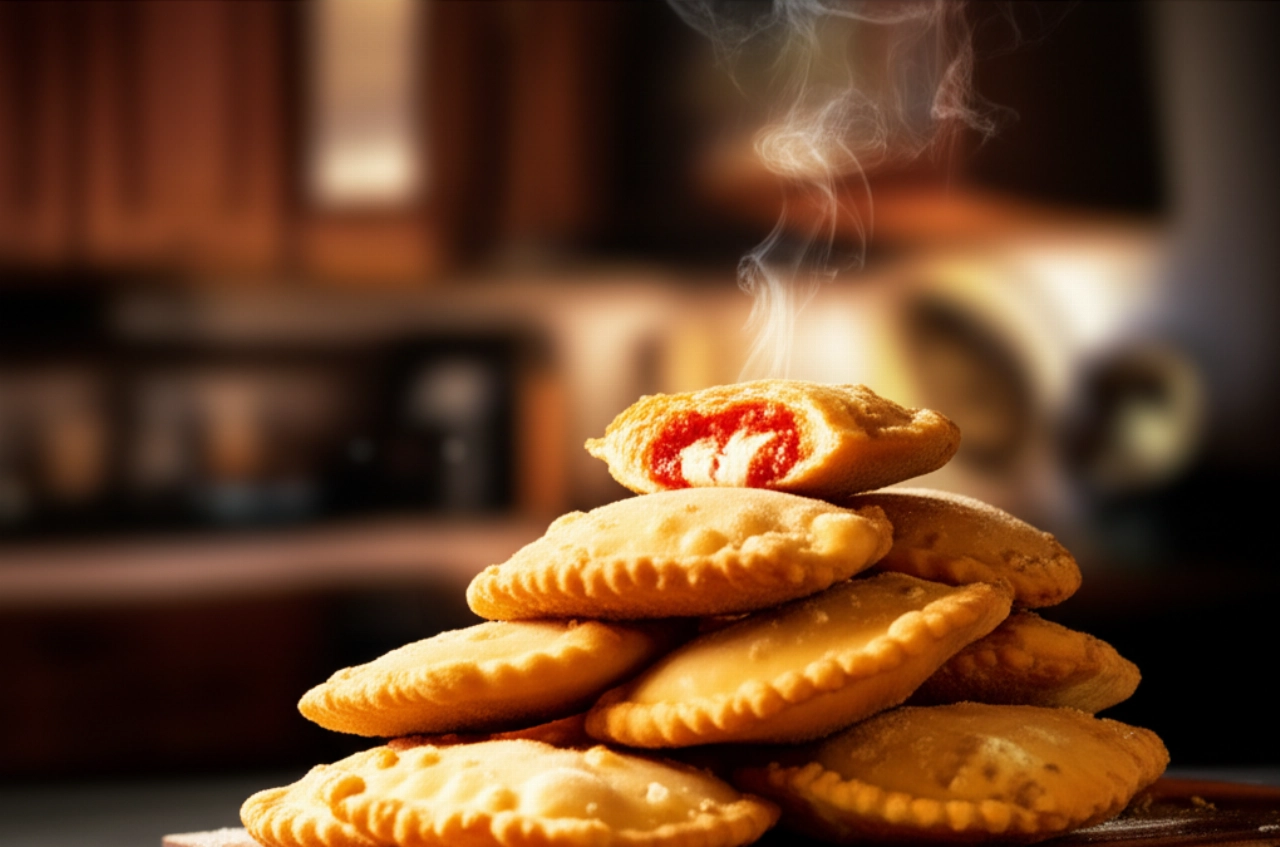Do you dream of savoring true Palermitan street food, those golden and crispy chickpea fritters that transport you directly to Sicily? Imagine the intoxicating aroma spreading through your kitchen, the anticipation of the first bite, and that feeling of authenticity that only traditional dishes can offer.
But perhaps you've tried making them and the result wasn't what you hoped for: too gummy, falling apart during cooking, or, even worse, lacking that authentic flavor you remember. Finding the right recipe, one that reveals the true secrets for perfect panelle, can seem like a daunting task, a labyrinth of conflicting advice that leaves you fearing wasted time and precious ingredients.
Make yourself comfortable. Here at Search Recipes, your trusted kitchen, we won't just give you a list of ingredients. We offer you a true step-by-step guide, full of tricks and practical tips, to prepare the most delicious and authentic Pane and Panelle you've ever tasted. I guarantee a success that will make all your guests exclaim 'Wow!' Get ready to become the guardian of Sicilian taste!

Smart Ingredients for Perfect Panelle: The Choice That Makes a Difference
Every great dish begins with carefully chosen ingredients. For your panelle, quality is the key to an impeccable result. It's not just a list, but understanding the 'why' behind each choice.
- Chickpea flour: Not just any flour! Choose a high-quality, fine, and sifted chickpea flour. It's the absolute star, and its quality greatly impacts the final consistency of your panelle, ensuring that internal softness and the ability to become crispy on the outside.
- Cold water: Simply water, but its quantity and temperature are crucial for achieving the right dough density and preventing lumps. I'll guide you so you don't get the proportion wrong.
- Fresh parsley: Finely chopped, it adds a touch of freshness, color, and a delicate aroma that makes the panelle even more inviting and authentic. Don't skimp on the quantity; it's a small detail that makes a big difference!
- Fine salt: Just enough to enhance the natural flavor of the chickpeas. A pinch more or less can alter the balance. I'll indicate the perfect amount.
- Seed oil for frying: An oil with a high smoke point, such as peanut or high-oleic sunflower oil, is essential for a golden, uniform, and above all crispy fry, without the panelle absorbing too much grease. It's the secret to a light and digestible fry.
- Lemon (for serving): Fresh lemon juice is the indispensable final touch. Its acidity cleanses the palate and enhances every bite of the panelle, making them even more irresistible. Don't forget it!

The 3 Common Mistakes That Ruin Your Panelle (and How to Avoid Them)
Cooking is also about learning from mistakes, but I'm here to help you skip that phase! Here are the most common pitfalls that can compromise your panelle and how to avoid them with the wisdom of someone who has prepared them a thousand times.
- Dough too liquid or too thick: This is the number one mistake. If the dough is too liquid, the panelle will miserably fall apart during cooking, turning into a mush. If it's too thick, they will be hard, gummy, and heavy. The secret is a consistency similar to soft polenta, which barely detaches from the spoon but is still workable. I'll show you how to recognize it.
- Frying at the wrong temperature: Oil is your ally, but only if used correctly. Oil that's too cold means greasy, soggy, and heavy panelle. Oil that's too hot means burnt on the outside and raw on the inside, with a bitter taste. The ideal temperature is between 170°C and 175°C. Use a kitchen thermometer: it's a small investment that will save your frying and guarantee golden and dry panelle.
- Not rolling the dough thin enough: For panelle to be authentic and crispy, they must be thin, almost transparent (about 2-3 mm thick). If you make them too thick, they will remain soft inside and won't develop that external crispiness that makes them unique. Patience in rolling is rewarded by the final result.
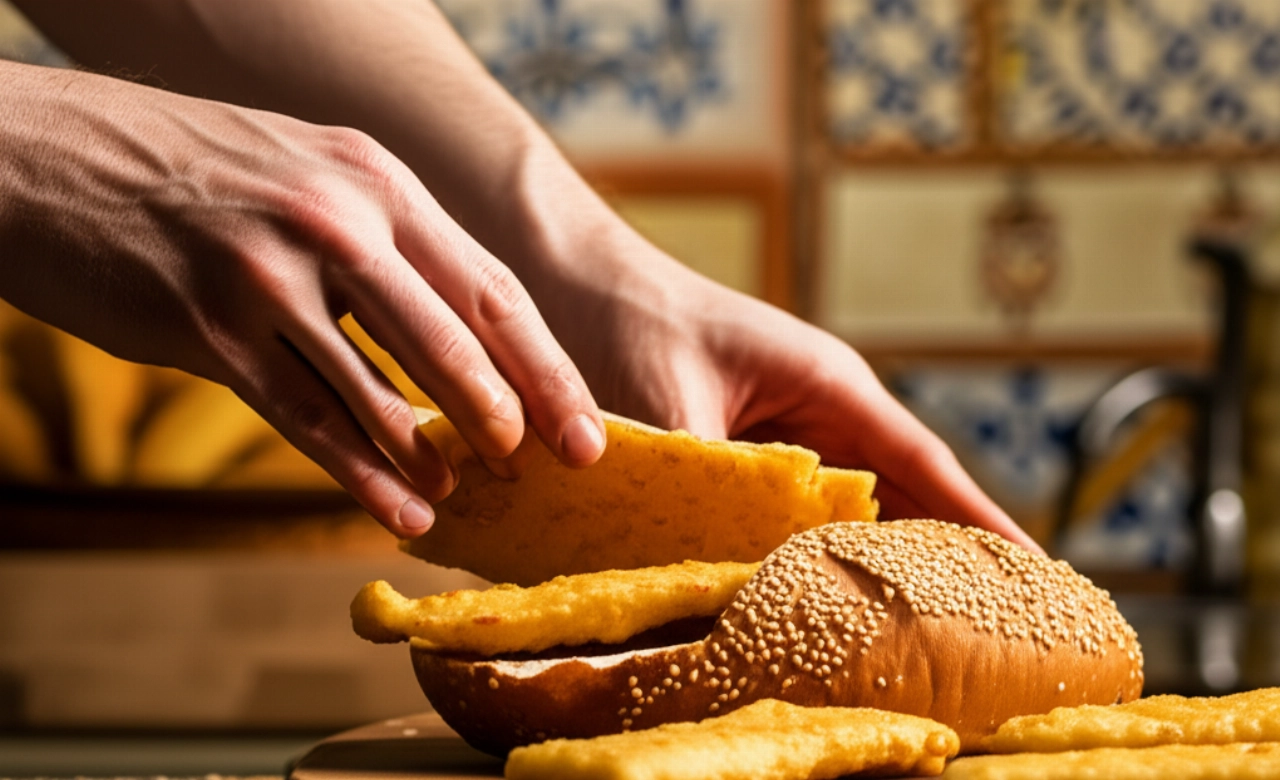
Grandma's Secret: The Trick for Crispy and Light Panelle
My grandmother, a true DOC Palermitan and undisputed master of panelle, always taught me that the secret lies not only in perfect ingredients but in patience and dough handling. "You have to stir until you feel the dough detaching from the sides of the pot, as if it wants to say hello!", she always said with a smile.
This means that the chickpea flour starch has cooked perfectly, making the panelle light, digestible, and ready to be fried to perfection. It's a step that requires effort and consistency, but it's fundamental for success. And another trick few know: once rolled out, let them cool completely (even in the refrigerator) before frying them. This step will make them even firmer and incredibly crispy once immersed in hot oil. Try it to believe it!
Let's Prepare Pane and Panelle Together: The Step-by-Step Guide
Now that you know all the secrets, it's time to get your hands dirty. Follow each step carefully, and success will be guaranteed. You'll feel like a true Palermitan chef!
Ingredients:
- 250 g high-quality chickpea flour
- 750 ml cold water
- 1 generous bunch fresh parsley, finely chopped
- Fine salt to taste (approx. 8-10 g)
- Seed oil (peanut or high-oleic sunflower) for frying
- Lemon slices for serving
Tools:
- Thick-bottomed non-stick pot (very important to prevent the dough from sticking)
- Hand whisk or sturdy wooden spoon
- Spatula or smooth-bladed knife (for spreading)
- Cutting board or smooth surface (even a marble or steel countertop)
- Baking paper (optional, for easier spreading)
- Deep frying pan
- Skimmer
- Paper towels
- Kitchen thermometer (highly recommended for perfect frying)
Method:
- Prepare the base dough: In a large, thick-bottomed non-stick pot, pour the chickpea flour. Gradually add the cold water in a thin stream, stirring vigorously and continuously with a whisk. This step is crucial to prevent lumps and obtain a smooth, homogeneous dough.
- Cook the dough: Place the pot over medium-low heat. Continue stirring constantly with a wooden spoon or whisk. You'll see the dough begin to thicken, and after about 10-15 minutes, it will detach from the sides of the pot, forming a compact ball. This is the sign that the starch has cooked perfectly. Don't rush and don't stop stirring!
- Flavor: Remove the pot from the heat. Add the finely chopped fresh parsley and salt. Mix well and quickly to uniformly incorporate the flavors into the still-warm dough.
- Roll out the panelle: Prepare a cutting board or a smooth surface (you can also use baking paper sheets) and lightly moisten it with water or grease it with very little oil. Take small portions of the warm dough and, with the help of a spatula or a smooth-bladed knife, roll them out very, very thinly (about 2-3 mm thick). You can give them the traditional rectangular or square shape, or use a cookie cutter for more regular and fun shapes.
- Cool down: This step is crucial for crispiness! Let the rolled-out panelle cool completely. You can also place them in the refrigerator to speed up the process and make them firmer, ready for frying without falling apart.
- Perfect frying: In a deep frying pan, heat abundant seed oil until it reaches a temperature of 170-175°C. If you don't have a thermometer, test with a small piece of dough: if it sizzles immediately and floats to the surface, the oil is ready.
- Fry the panelle: Fry a few panelle at a time to avoid lowering the oil temperature too much. Let them brown on both sides until they are beautifully crispy and a deep golden color. It will only take a few minutes per side.
- Drain and serve: With a skimmer, drain the panelle and place them on paper towels to remove excess oil. Serve them immediately, piping hot, perhaps inside a soft bun (the classic "pane and panelle"!) or simply accompanied by fresh lemon wedges. "Dipping" in lemon is a must; it enhances the flavor and cleanses the palate!
Tips and Frequently Asked Questions about Pane and Panelle
Here are some of the most common questions I get asked about preparing panelle. I hope they help clear up any doubts you might have!
- Can I prepare the dough in advance?
- Certainly! You can prepare the dough and roll it out a day in advance. Store the rolled-out, uncooked panelle well covered in the refrigerator. Fry them only when ready to serve to ensure maximum crispiness and freshness.
- Why do my panelle fall apart during cooking?
- Most likely, the dough was not cooked enough on the stove, or it's too liquid. Make sure the dough detaches well from the sides of the pot before removing it from the heat. A well-cooked dough with the right consistency is key to panelle that hold their shape.
- Can I bake them in the oven or air fryer?
- While tradition calls for frying for perfect crispiness, you can try baking them in an air fryer at 180°C for about 10-15 minutes, flipping them halfway through, or in a convection oven at 200°C until golden. They won't have the same crispiness as fried ones, but they will still be tasty and a valid lighter alternative.
- How can I store fried panelle?
- Panelle are best consumed freshly fried, when they are at their crispiest. If you have leftovers, you can store them in an airtight container for one day, but they will lose some of their texture. You can briefly reheat them in the oven or air fryer to restore some crispiness and zest.
- Can I freeze panelle?
- Yes, you can freeze the raw panelle after rolling them out. Arrange them on a tray without overlapping and place them in the freezer. Once frozen and hardened, transfer them to a food storage bag. Fry them directly from frozen, slightly increasing the cooking times, for a surprising result!
Your Sicilian Masterpiece Awaits!
There you have it! Now you no longer just have a recipe, but all the secrets to bring authentic Palermitan Pane and Panelle to your table, a true street food masterpiece that tastes of tradition, sunshine, and celebration. Every bite will be a sensory journey to beautiful Sicily, and your success will be proof that with the right tips, every dish is within your reach.
Don't be afraid to get cooking. With this detailed guide, success is guaranteed. Prepare the bread, the lemon, and get ready to receive compliments and requests for seconds! Cooking is a gesture of love and sharing, and these panelle are its perfect expression.
Have you tried our recipe? We're curious to see your masterpiece! Leave a comment below, tell us how it went, or share a photo on Instagram by tagging @SearchRecipes. If you loved these panelle, you can't miss our recipe for Sicilian Caponata, an irresistible sweet and sour side dish, or another street food classic like Sicilian Arancini. Enjoy your meal!
